Phenotypic heterogeneity defines B cell responses to repeated SARS-CoV-2 exposures through vaccination and infection
- PMID: 40222009
- PMCID: PMC12080740
- DOI: 10.1016/j.celrep.2025.115557
Phenotypic heterogeneity defines B cell responses to repeated SARS-CoV-2 exposures through vaccination and infection
Abstract
Long-lived humoral memory is key to durable immunity against pathogens yet remains challenging to define due to heterogeneity among antigen-reactive B cells. We addressed this gap through longitudinal sampling over the course of severe acute respiratory syndrome coronavirus 2 (SARS-CoV-2) mRNA vaccinations with or without breakthrough infection. High-dimensional phenotypic profiling performed on ∼72 million B cells showed that receptor-binding domain (RBD) reactivity was associated with five distinct immunoglobulin G (IgG) B cell populations. Two expressed the activation marker CD71, both correlated with neutralizing antibodies, yet the one lacking the memory marker CD27 was induced by vaccination and blunted by infection. Two were resting memory populations; one lacking CD73 arose early and contributed to cross-reactivity; the other, expressing CD73, arose later and correlated with neutralizing antibodies. The fifth, a rare germinal center-like population, contributed to recall responses and was highly cross reactive. Overall, robust and distinct responses to booster vaccination overcame the superiority of hybrid immunity provided by breakthrough infection.
Keywords: B cells; COVID-19 mRNA vaccines; CP: Immunology; SARS-CoV-2; adaptive immune memory; antibodies; booster vaccination; breakthrough infection; hybrid immunity.
Published by Elsevier Inc.
Conflict of interest statement
Declaration of interests The authors declare no competing interests.
Figures


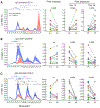
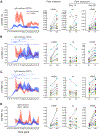
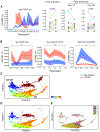
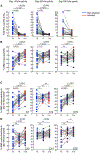
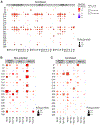
References
MeSH terms
Substances
Grants and funding
LinkOut - more resources
Full Text Sources
Medical
Research Materials
Miscellaneous

